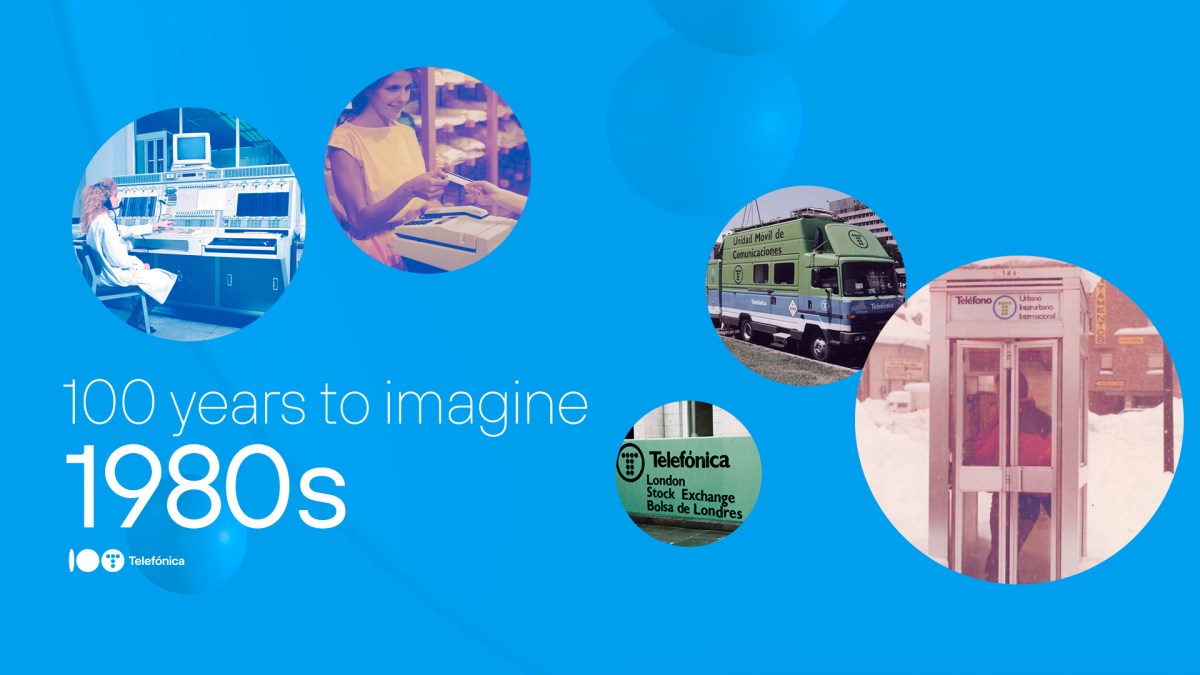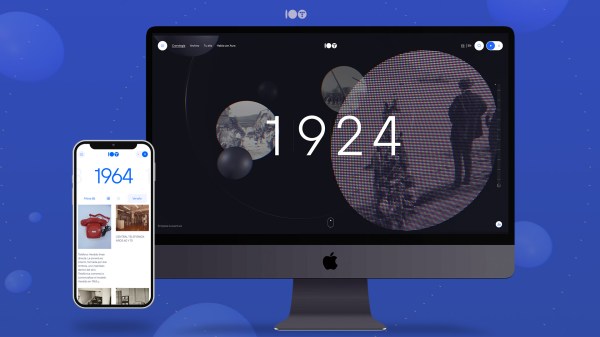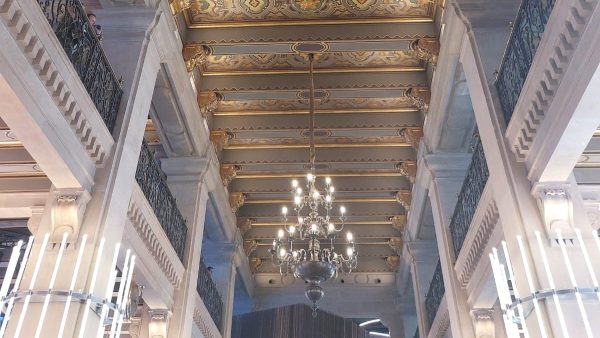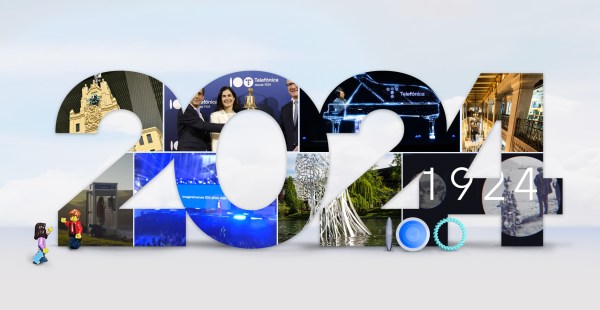The late 1980s marked a major change in world geopolitics with the fall of the Berlin Wall, a decade in which Spain joined the EEC (now the EU) in 1986.
And although it may seem far away now, the 80s were also marked by the rise of video games and the first broadcasts of The Simpsons.
In the field of technology, this decade saw numerous advances without which our life today would be inconceivable: personal computers became popular, the first mobile phone arrived and millions of walkmans began to accompany people’s walks, although this device has stood the test of time less well.
1980: first digital exchange with fibre optics
In 1980, in addition to a new change in the presidency of the company with the arrival of Salvador Sánchez-Terán, a technological advance was made that would be a great step forward for Telefónica: the Madrid-Atocha exchange became the first digital exchange in the entire telephone network.
As explained on our centenary website, “with the installation of Ericsson’s AXE-10 computer system and the first fibre cables between Atocha and Chamartín, Telefónica managed to provide service to 10,000 simultaneous lines and thus made a key qualitative leap towards reducing – and subsequently eliminating – waiting lists, one of the company’s major operational problems, which persisted year after year”.
1981: 12 million active lines
1981 brought the number of active lines to 12 million, a year in which the second (and more ambitious) rural telephony plan was implemented.
Telephony was reaching more and more villages, which in turn were becoming smaller and more remote. The first thing was public telephony, whether in the bar, the post office or a booth in the square.
1982: Football World Cup in Spain
Telefónica contributed to the World Cup in Spain. Together with Entel and Eria, the company was in charge of providing the communications and IT services for a tournament that was won by Italy, and in which the connections and displays enjoyed by visitors, participants and the media were a complete success.
In the same year, 1982, Luis Solana became president of the company, a year in which the headquarters in Ríos Rosas Street (Madrid) suffered an attack by ETA, which destroyed all the equipment on the third floor of the building.
Although many data tapes and the services programme were in a security cabinet that withstood the explosion fairly well, it took tens of thousands of telephones several weeks to return to normal.
1983: the arrival of dataphones
In this year, the Teide telephone became popular, a reference in homes and businesses for more than a decade. A red or white model with straight lines and square black dialling buttons which, although it was mainly a desktop phone, could also be hung up.
The first dataphone or POS (point-of-sale terminal) was installed on this popular telephone model named after the Tenerife volcano.
In the world of submarine cables, a new milestone was reached: OPTICAN I, the first fibre optic cable, was deployed in deep waters between the islands of Gran Canaria and Tenerife. As a curiosity, a shark attack (and the tooth that got stuck in the plastic sheath) led to the submarine cables being covered with steel.
1984: 60th anniversary logo change
The company’s 60th anniversary year was accompanied by a change of logo: ten T-shaped dots contained in a circle reminiscent of the keypad dialing of the new-generation telephones of the time.
That same year, the first fully digital and electronic telephone exchange was inaugurated in Salamanca, with a capacity for 10,000 subscribers. This was the first step in the digitalisation of the Spanish network and opened the door to broadband communications essential for multimedia data, voice and image services.
1985: “The year 2000 is 15 years away”
Telefónica began trading on the London, Paris, Frankfurt and Tokyo stock exchanges and in that year alone 47.5 million shares (30,000 million pesetas) were placed.
Although it may seem obvious, in 1985, the year 2000 was 15 years away. And Telefónica launched one of the most emblematic campaigns in our history, a projection of the future which, among other things, was a television spot. Don’t miss it:
1986: Is he the fireman? Let him wear
For the first time in Spain, in July 1986, a short number dedicated to the fire service came into operation, specifically 080 for the city of Madrid.
The service was announced with an inaugural call between the then mayor of the capital, Juan Barranco, and the comedian Miguel Gila.
1987: Telefónica, the first Spanish company on Wall Street.
On 12 June of that year, a historic event took place: Telefónica became the first Spanish company to be listed on Wall Street. Its listing on the New York Stock Exchange also implied “a great commitment to transparency and information management, as required by this demanding market”.
That same year also brought changes in the company’s operations. After more than six decades of service, the Rotary central office located at Gran Vía 28 was retired and replaced by a digital central office that extended the service more quickly and with higher quality.
The three shifts and dozens of operators and mechanics were replaced by seven people to man this new, fully software-controlled exchange, a key installation for achieving full automation of the national telephone service.
1988: last call with an operator
In December of this year, Magdalena Martín went down in history as the telephone operator who made the last manual call, a milestone that took place in the town of Polopos in Granada.
In this way, the service definitively ceased to require manual intervention at all points and the switchboards became, without exception, automatic.
1989: Barcelona and Madrid were linked by fibre optics.
Cándido Velázquez-Gaztelu took over the presidency of the company in 1989, a year in which 96% of the Spanish population already had some form of telephone service available to them thanks to the attention paid to the commitment made to the development and extension of telephony in rural areas.
From that same year, Barcelona and Madrid were linked by fibre optics, whose network became a reality that year with “a route similar to a motorway and to avoid saturation problems, it was equipped with sufficient capacity to absorb the foreseeable traffic over a 20-year horizon. In the main towns, “digital rings” began to be installed, linking the city centres and some cities with others”.
Also in the last year of the 1980s, the Integrated Services Digital Network (ISDN) was launched on an experimental basis, with two exchanges in Madrid. This new and pioneering network provided access to a variety of services through a single, standardised interface between the user and the network.
1980s images
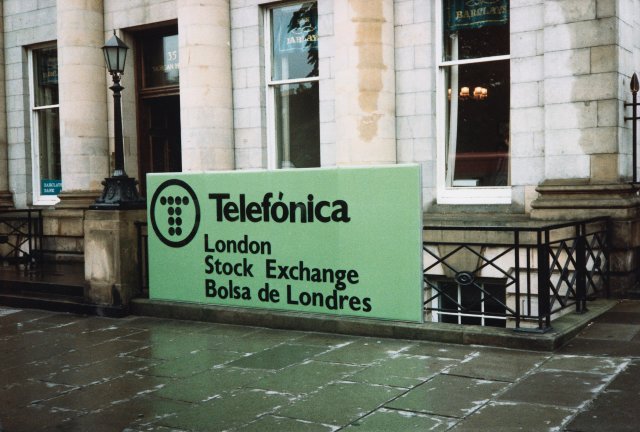
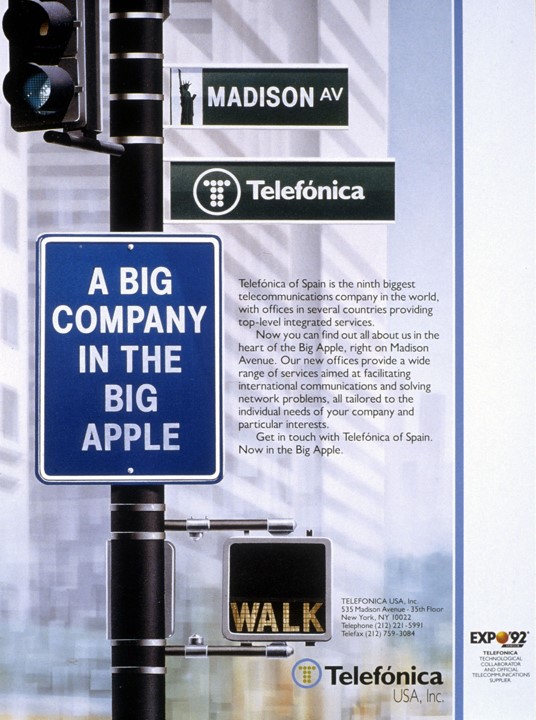
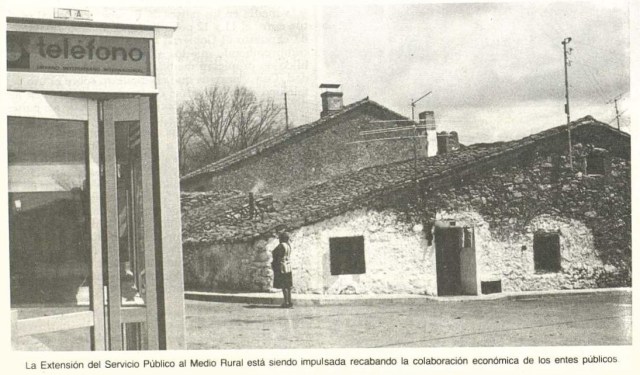
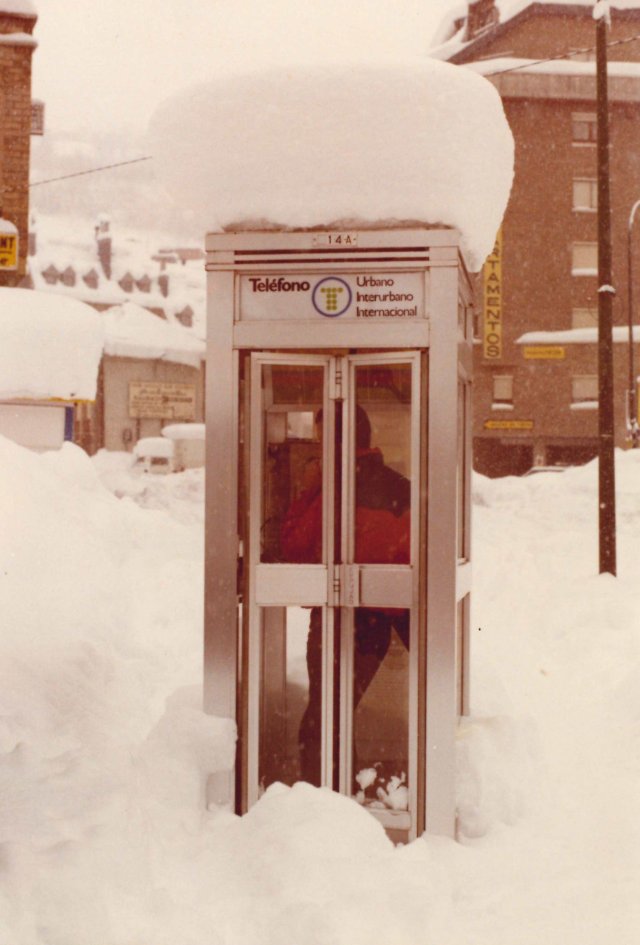
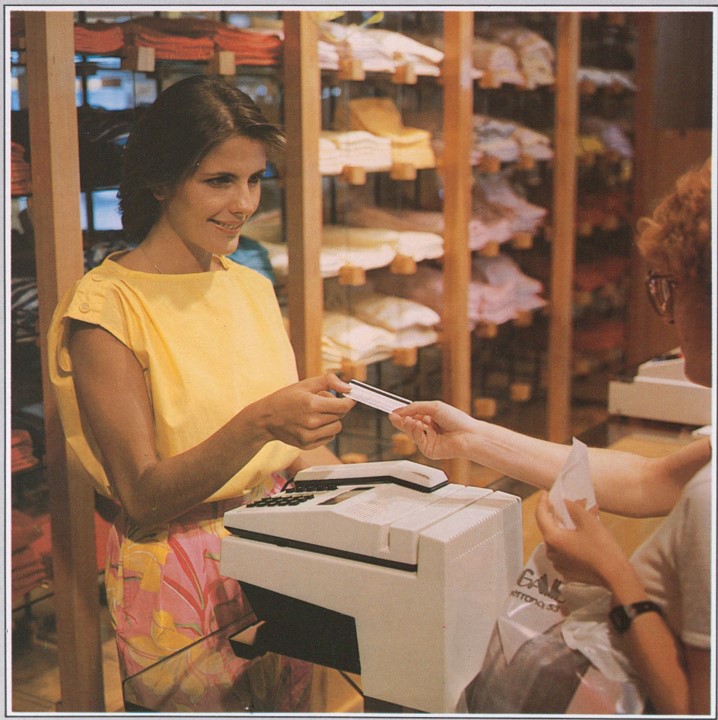

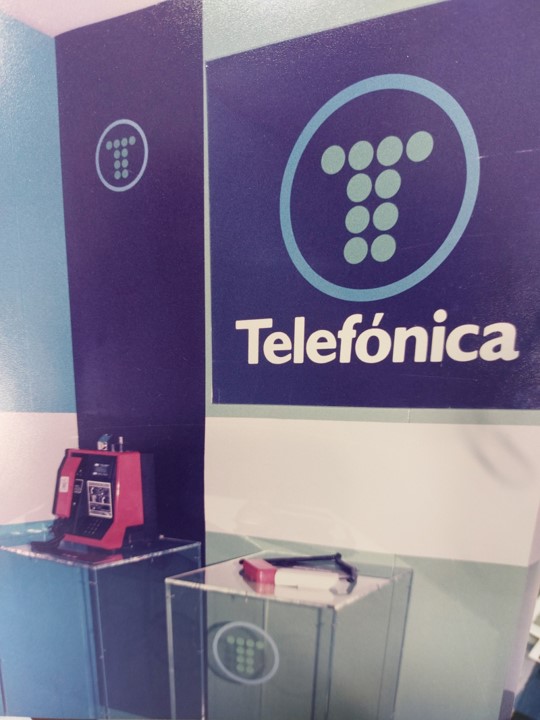
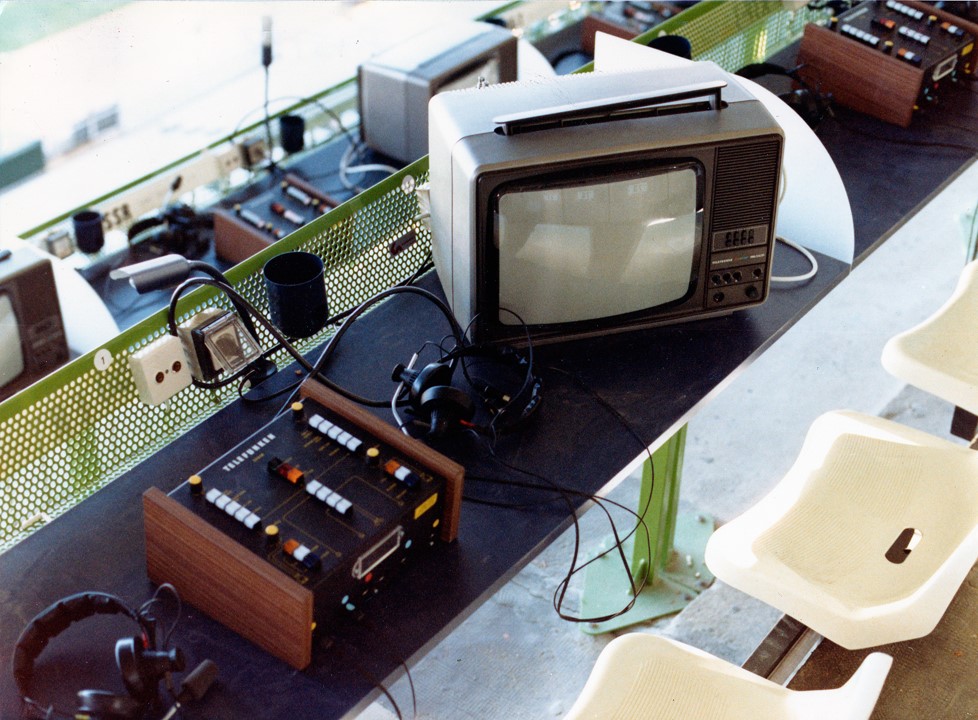
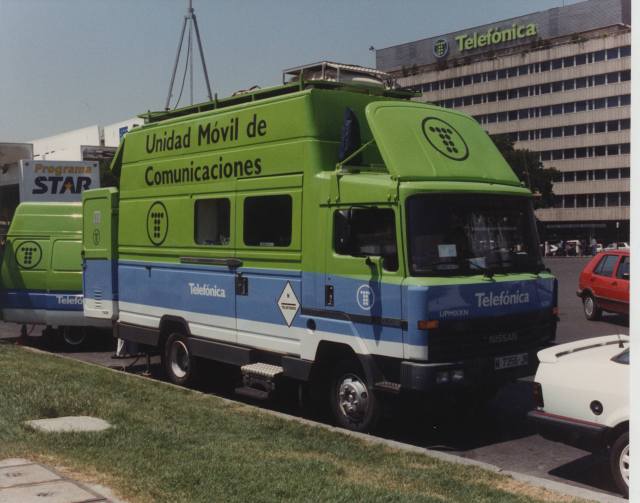
Telefónica Centenary
Don’t miss all the information about Telefónica’s history on our centenary website, https://www.telefonica100.com.
You can also take a closer look at the series by decade that we are publishing on our blog. Don’t miss what happened in the previous decade, the 1970s.
